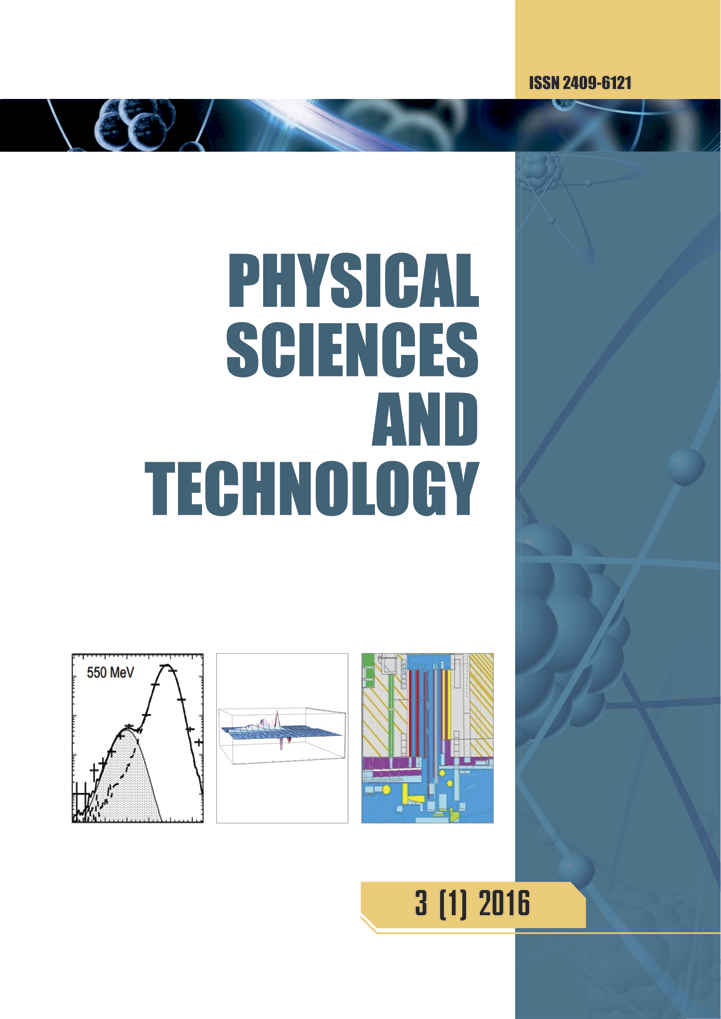Obtaining manganese silicide films on a silicon substrate by the diffusion method
DOI:
https://doi.org/10.26577/phst.2022.v9.i2.011Abstract
Investigation of auto-oscillation currents in compensated silicon doped with impurity atoms of manganese, zinc, sulphur or selenium can observe several types of current instabilities with different natures and excitation conditions. The boundary regions of auto-oscillation currents such as temperature instabilities, recombination waves and injection instabilities in temperature, electric field, intensity of illumination as well as in resistivity and conductivity type of compensated silicon samples were determined. From the analysis of the obtained results the possibility of using the detected auto-oscillation currents in compensated silicon for creating solid-state generators and sensors of physical quantities is shown. The mechanism of manganese diffusion into silicon leading to the formation of higher manganese silicides on the silicon surface was determined. The X-ray analysis data allowed to find that in the temperature range of thermal annealing T=800÷1100°C, polycrystalline films corresponding to the phases of higher manganese silicides are formed. The possibility of creating the efficient thermopiles based on the obtained structures of the MnxSi1-x – Si-MnxSi1-x type based on silicon, the operating parameters of which are not inferior to existing thermopiles, and sometimes have certain advantages, is shown.




